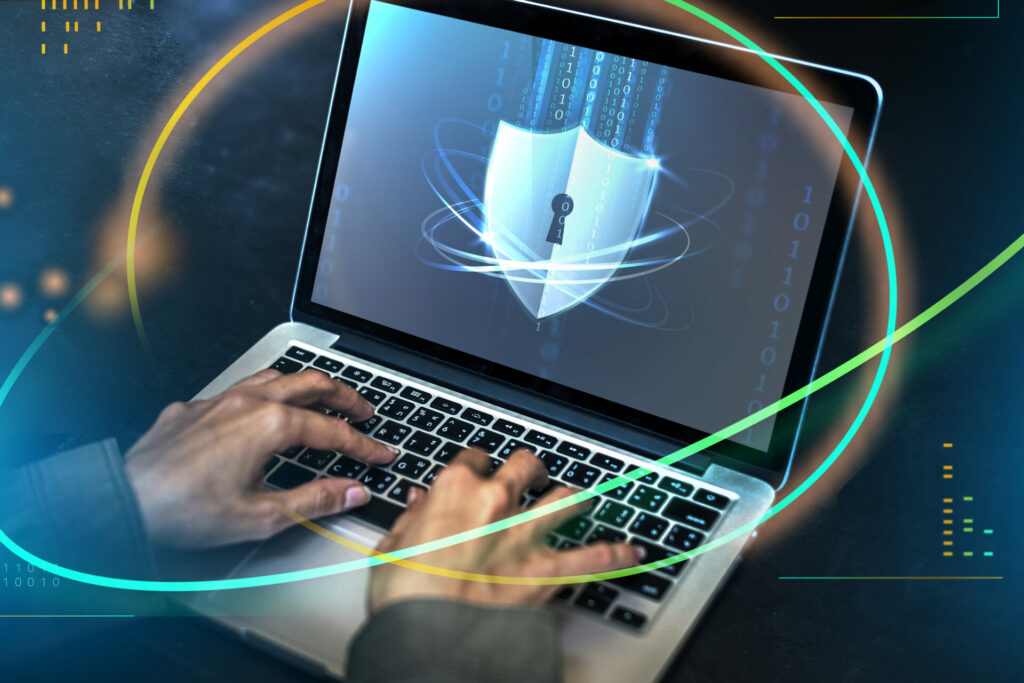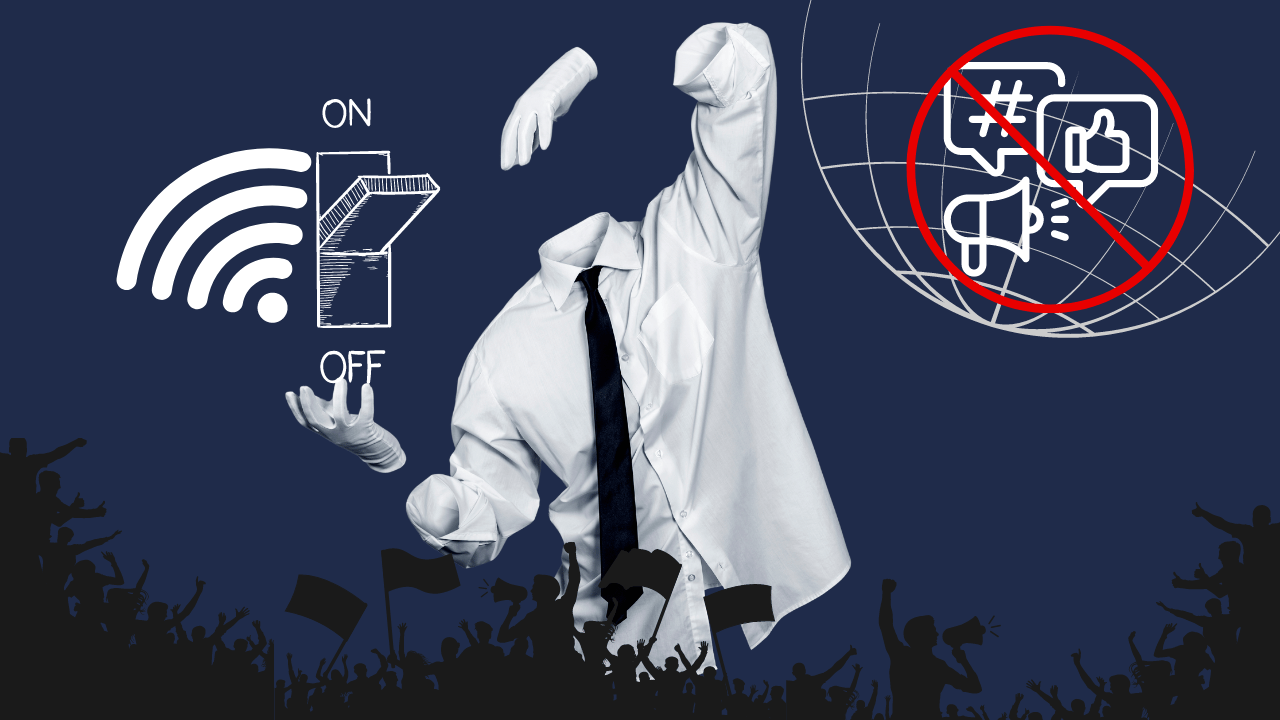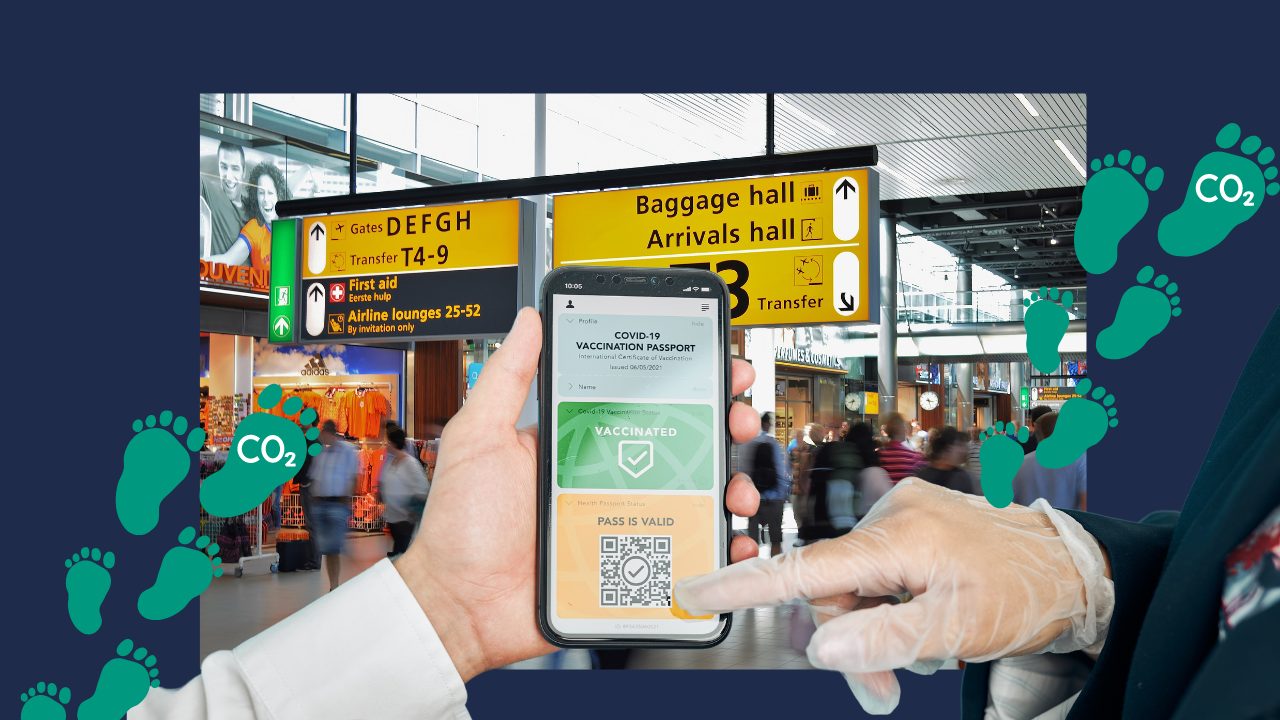As our lives shift more and more towards digitalisation, many people have migrated to the digital world for shopping and social interaction. Digitalisation has many positive aspects, yet there are equally many negative sides that we should not ignore. One of these negative aspects includes the violation of digital privacy, as networking blurs the lines between public and private matters.
There are a few important things to keep in mind to protect your privacy from data leaks or identity theft. This short-read describes ways that can help you protect and strengthen your digital privacy. Here is a quick guide you can follow to protect your digital privacy.
1. Secure your social media accounts
We spend a lot of our free time on social media networks these days. There are now countless apps that connect us with friends and family. Although these social media apps bring us many benefits, they are notorious for data leaks and breaches.
It is essential to better secure your social media accounts to protect your digital privacy. A really strong password will better protect you from data theft and leaks by attackers. Also, be really aware of what content you share. Any public information can help scammers hack your account.
2. Avoid public storage
Public storage servers or cloud servers are very useful for storing large amounts of data. However, they are much more vulnerable to password theft and data leaks than offline storage. One of the many examples is the ICloud data leak, one of the most significant breaches of personal information in recent times. So we should avoid storing our private pictures on these servers.
3. Set up strong passwords
Whether it’s your social media account or your online banking app, a weak password can quickly lead to data theft and the theft of your digital assets. Equally unsafe is using the same password for multiple accounts, and many of the automatic login apps aren’t secure enough either. To protect your digital privacy, create strong passwords with numbers and characters that will save you the headache of data theft and hacked accounts.
4. Hide your contact details
It has become quite common to publish your contact details on social media platforms, but this has serious disadvantages for your online security. Making your contact information public gives hackers the opportunity to use this information to steal your bank and social media accounts. Protect any contact information associated with your bank account or online shopping accounts, preferably not using it anywhere else, to ensure your digital security. Reduce the personal information you give out to the bare minimum.
5. Use safe search engines
Google is the main search engine for most people. Even though it is currently considered the best search engine, it keeps a record of your search history. Google uses this information to personalise the results of your searches. You can instead use secure search engines like DuckDuckGo or Tor that treat your searches as private. 6.
6. Invest in a good VPN
A Virtual Private Network (VPN) guarantees you anonymity on public networks. The primary concept of VPN revolves around protection from privacy and information theft. Investing in a good VPN will help you protect your digital data from being spied on by websites and prevent data leaks. What makes a good VPN? We talk about this in more detail in our PRVCY Transformation course.
7. Avoid SIM swaps
Imagine you wake up in the morning and want to read your messages but your mobile phone doesn’t work anymore. You can’t text or even make a call. What’s going on? And, to make matters worse, the accounts you have protected by 2 factor authentication via SMS to your mobile phone are now being hacked. How? Someone has called your phone company and convinced them that your phone is either broken or stolen and that it is absolutely essential to transfer all your data from your phone to another phone, a phone that the scammer owns. Set everything up with MFA, Multiple Factor Authentication, so you are required to enter several different ways of authentication to get into your accounts. And never share your personal information associated with your accounts with anyone.
8. Protect yourself from phishing
Security attacks don’t just come from malware or hackers. Phishing is a widespread practice in which you are tricked into handing over your data to the hackers by posing as a trustworthy person or organisation. To also protect yourself from phishing, only open emails or attachments from sources you know.
What’s next?
We have no idea or can hardly imagine how we may be tracked, traced and censored in the future as technologies advance, but we do know that it is already a problem that we should be aware of. Implementing the above steps will already help you to protect your privacy but it is not enough. We can’t protect all the information on devices that are still constantly pinging the telephone poles, which are owned by companies that keep records of our every whereabouts and which have your name, national insurance number and address associated with your account.
It is the devices we use that betray us by the way they are set up. So what’s the point of implementing all these tips if it doesn’t get to the root of the problem? Get the PRVCY Phone along with the PRVCY Transformation Course and you no longer have to worry about your privacy.












